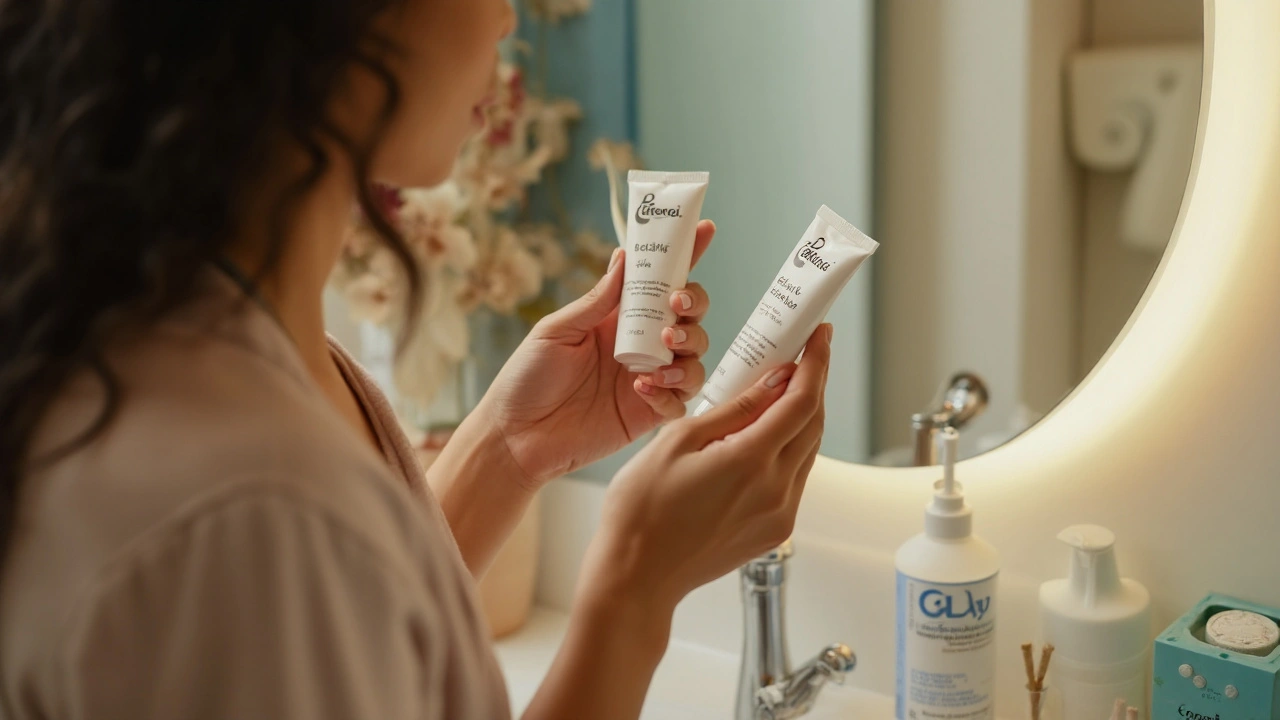Wondering if betamethasone helps cold sores? Get a clear yes/no, what to use instead, dosing that works, safety tips, and when to see a doctor.
Betamethasone for Cold Sores: Quick Facts and Practical Tips
If you’ve ever gotten a cold sore, you know the burning, itching, and unsightly blisters can be a real hassle. While most people reach for antiviral creams, some doctors prescribe a steroid called betamethasone to calm the inflammation. In this guide, we’ll break down what betamethasone does, when it makes sense to use it, how to apply it safely, and what you should watch out for.
What Betamethasone Actually Does
Betamethasone is a strong topical steroid. Think of it as a fire‑extinguisher for skin inflammation—it reduces swelling, redness, and itching fast. It does not kill the herpes simplex virus that causes cold sores; it simply eases the body’s inflammatory response. That’s why doctors usually pair it with an antiviral like acyclovir if the virus is still active.
When Is It Worth Using?
Consider betamethasone if:
- You’ve already started an antiviral and the sore still looks inflamed.
- The blister is painful enough to interfere with eating or talking.
- You have a history of severe skin reactions around the sore.
Typical over‑the‑counter betamethasone creams come in 0.05% or 0.1% strengths. Prescription versions might be stronger. For cold sores, most dermatologists recommend the low‑strength 0.05% cream applied thinly to the affected area no more than twice a day, and only for a short run—usually 3‑5 days.
How to Apply Properly
1. Wash your hands and gently clean the sore with mild soap and water. Pat dry. 2. Squeeze a pea‑size amount of cream onto a clean fingertip. 3. Dab it on the blister and the surrounding skin, spreading a thin layer. 4. Wash your hands again after applying. 5. Avoid covering the sore with heavy dressings unless your doctor told you to.
Using more than the recommended amount won’t speed up healing—it can increase the risk of skin thinning, discoloration, or secondary infections.
Side Effects and Red Flags
Because betamethasone is potent, watch for:
- Skin thinning or easy bruising.
- New or worsening pain, pus, or foul odor (could mean a bacterial infection).
- Allergic reaction—itching, rash, or swelling beyond the sore.
Safer Alternatives
For most cold sores, first‑line treatment is an antiviral paste or tablet (acyclovir, valacyclovir, famciclovir). These target the virus directly and reduce outbreak duration. Over‑the‑counter options like docosanol (Abreva) can also help if used early. If you’re looking for relief from itching without steroids, a mild over‑the‑counter hydrocortisone 1% cream may be enough, though it’s less powerful than betamethasone.
Bottom Line
Betamethasone can be a handy sidekick for cold sores when inflammation is the main problem and you’re already on an antiviral. Use the lowest strength, follow the short‑term schedule, and keep an eye out for side effects. If you’re unsure whether a steroid is right for you, a quick chat with your pharmacist or doctor can clear things up. With the right combo of antiviral and anti‑inflammatory care, most cold sores fade in a week and you can get back to feeling normal.

